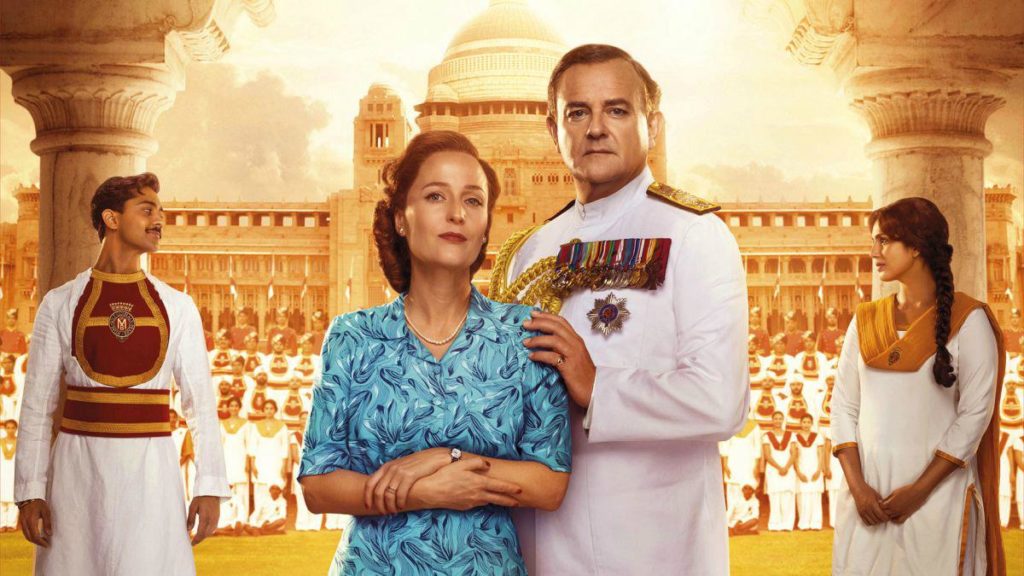Historical films are always a little problematic. Filmmakers have to balance what is the contemporary view of the truth against the need to create dramatic moments. In the process, history can be distorted to please what is considered an audiences sensibility. Since history is fluid, and something that people rarely agree on, I guess filmmakers can get away with that dramatic license.
Viceroy’s House takes a look at the transition in India from colonial rule to independence by focussing on the changes afoot at the seat of government in Delhi and how it impacted the ruling classes and the staff.
This is a fascinating time in India’s history, but one that was filled with both optimism and tragedy. Independence did not come easy, and resulted in the deaths of thousands of people, and the displacement of millions more. After years of troubles, three nations emerged – India, Pakistan and Bangladesh. In the 21st Century there are still tensions between the countries.
By focusing mostly on the interactions within the House, the filmmakers were able to show the microcosm that reflected the wider issues in the Indian subcontinent. Im not sure how close the film was in terms of in historical accuracy, but it gave an insight into the growing divide thrown up by differences in culture and religion and the disastrous impact those difference had on people.
I had a real sense of unease watching the British expats with their prejudices, and condescending manners when dealing with the Indian people. Im a Royalist by nature, but seeing re-enactions of British pomp transplanted to the Indian subcontinent with the native peoples being subjected to it makes for uncomfortable viewing nowadays.
But just as the idea of ‘Empire’ seems so futile now, so too does the gulf between the differing cultures in India.
Entwined within the wider plot about decolonisation was a love affair between a Muslim girl and a Hindu boy. They are caught up in the nascent fight between Ghandi and Nehru’s desire for one India and Jinnah’s drive for an independent Pakistan. The plot lines for the lovers were perhaps a little cliched, but that certainly didn’t detract from the very real and devastating effects of the conflict between Sikhs, Muslims and Hindus during this time in history.
In terms of casting, Hugh Bonneville is a curious choice to play Mountbatten. No doubt he got the role because of the cache he’s earned by appearing in Downton Abbey and his ability to portray easy aristocratic charm. Unfortunately in Viceroy’s House he channeled Lord Grantham and not Louis Mountbatten. Mountbatten was fastidious and lean but while Bonnneville created a very sympathetic characterisation of the Lord, he wasn’t the right fit.
Gillian Anderson did much better and gave a more convincing portrayal of Lady Edwina Mountbatten’s slightly stiff demeanour and steely determination. Anderson made her likeable and showed her to have a resolute sense of fairness and goodwill to the Indian people. I’m not sure what she was like in real life, but in this film Lady Mountbatten was a positive force for change.
Viceroy’s House is a watchable film, and certainly gives some insight into this particularly grave moment in history – whether or not it will be viewed as a fair representation of that moment only time will tell.
VICEROY’S HOUSE
In cinemas 11th May 2017
106 Minutes
Directed by: Gurinder Chadha
Starring: Hugh Benneville, Gillian Anderson, Manish Dayal, Huma Qureshi, Michael Gambon
